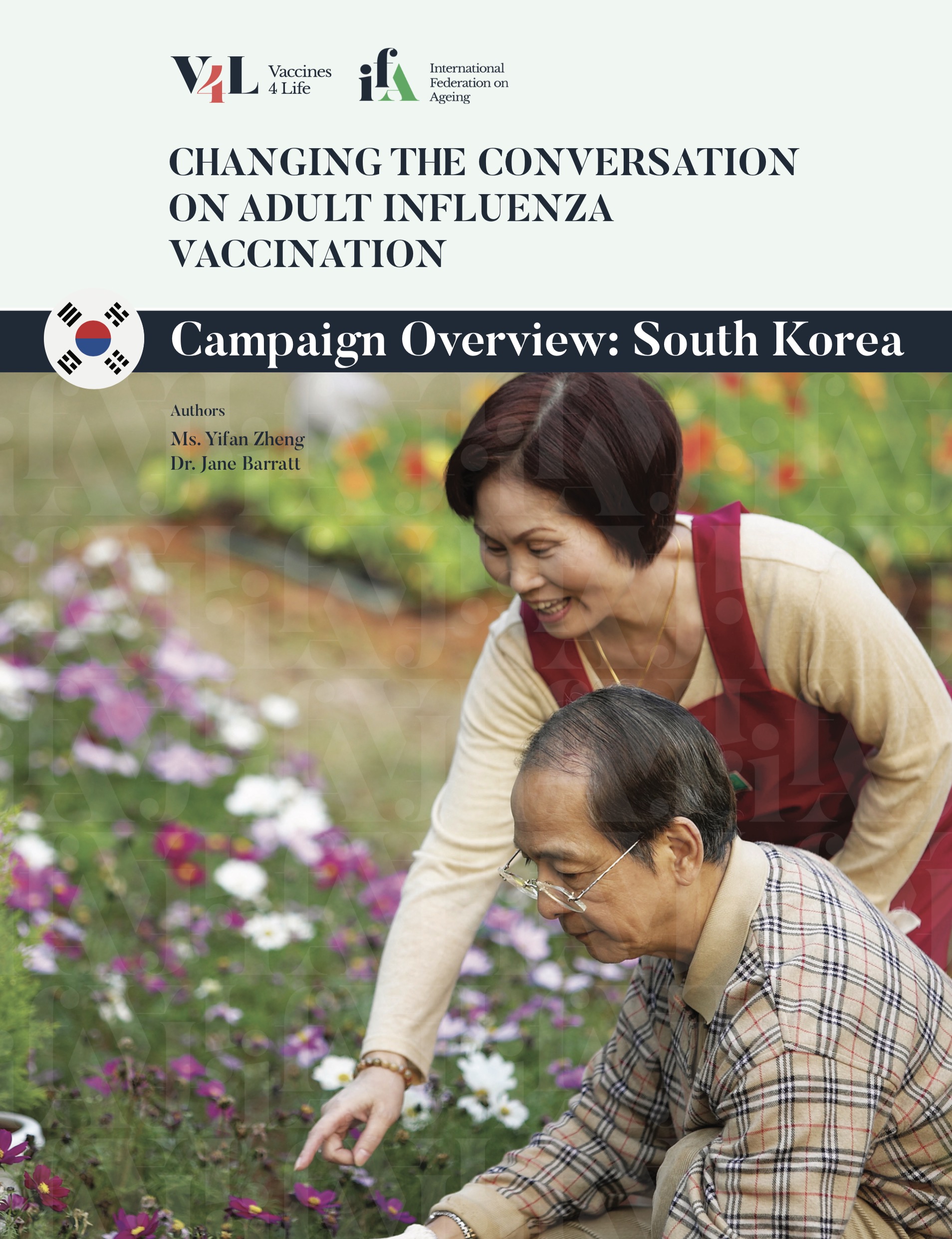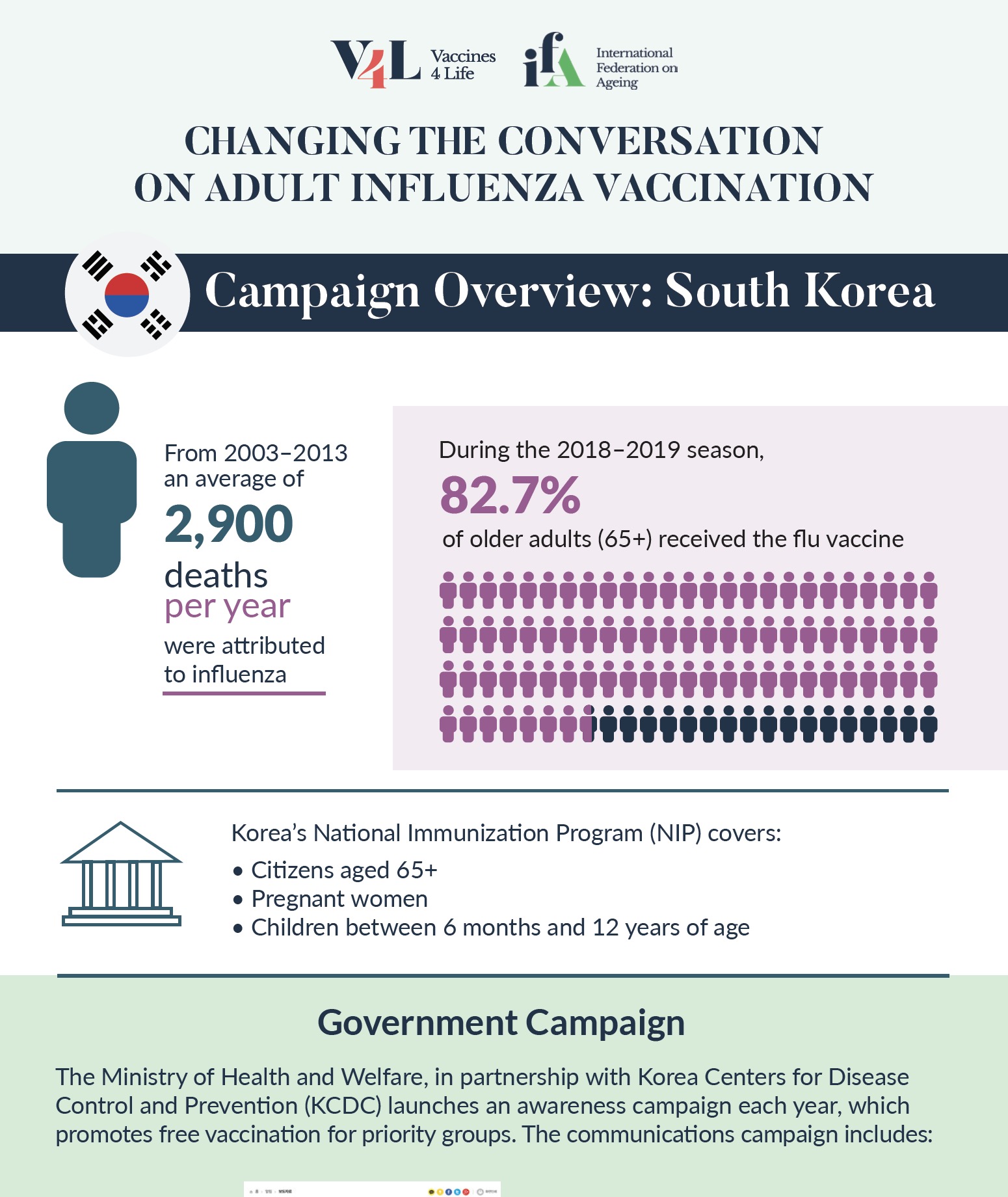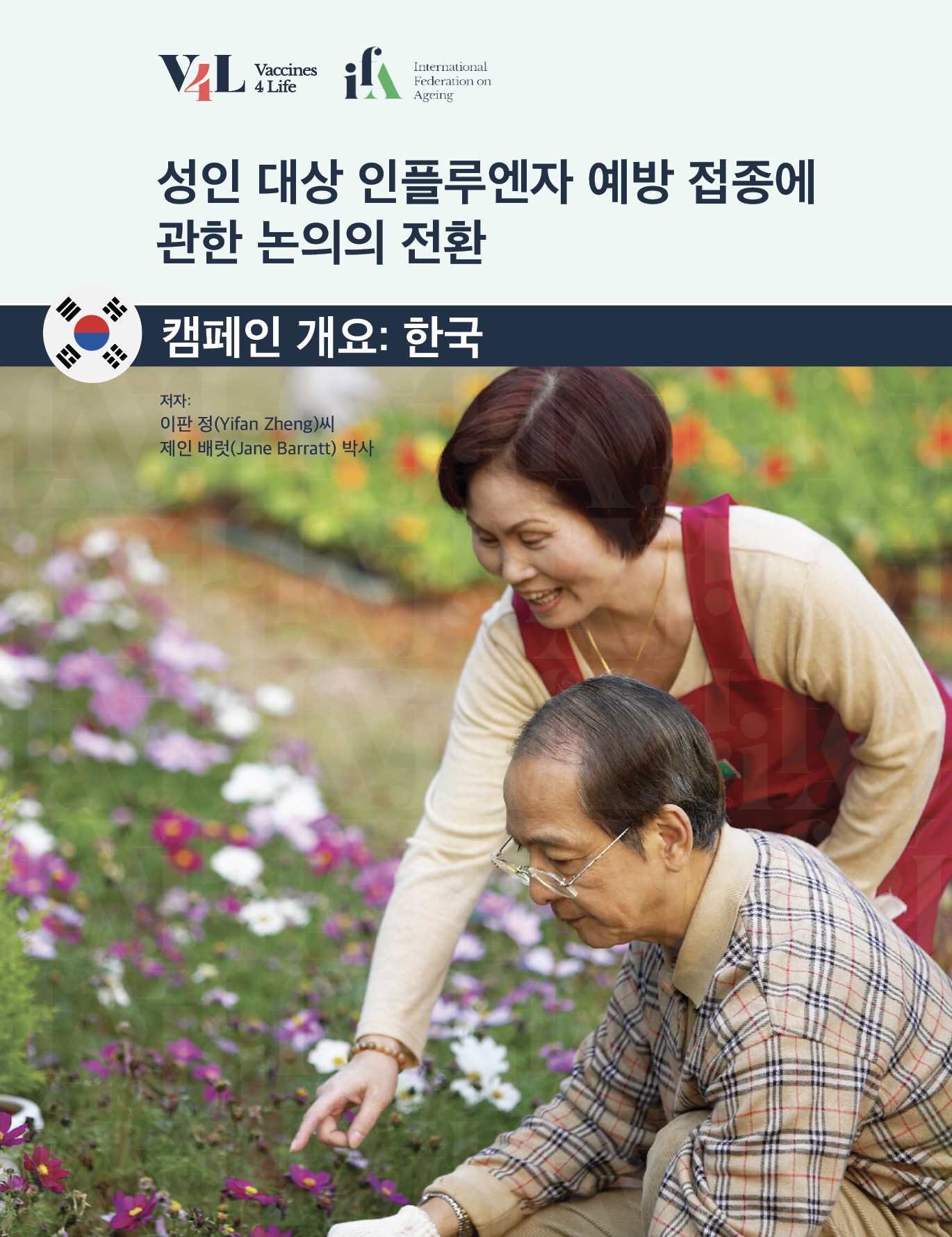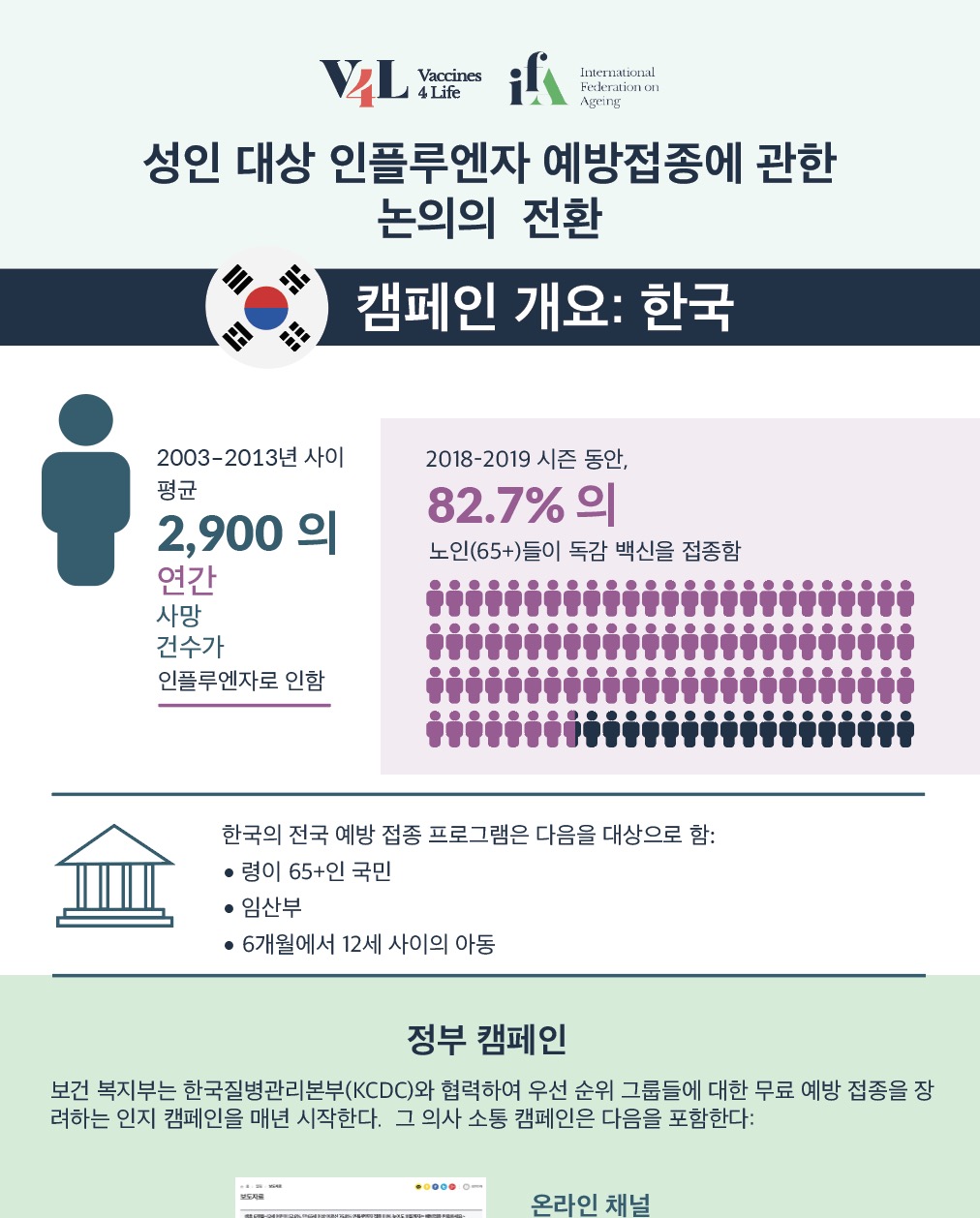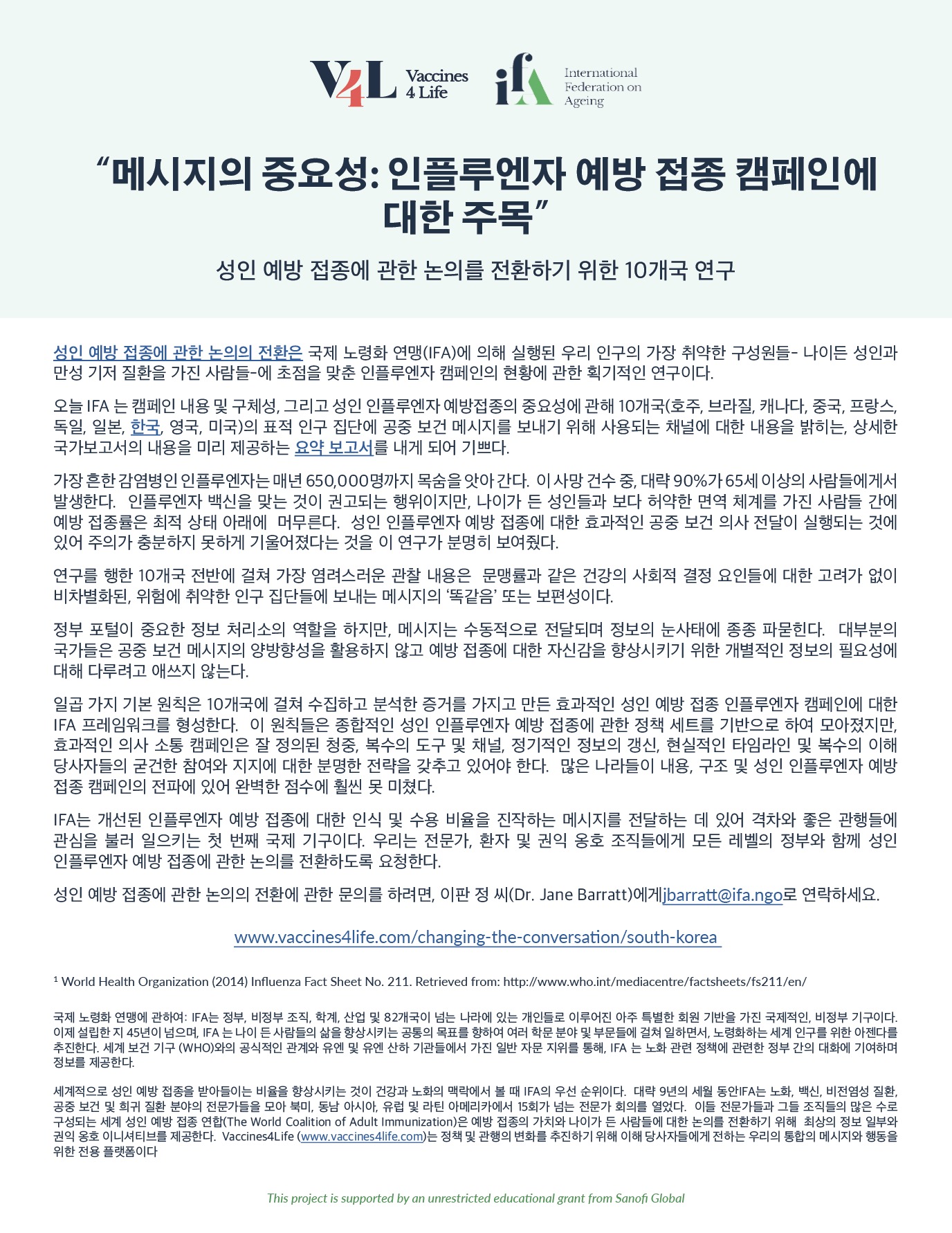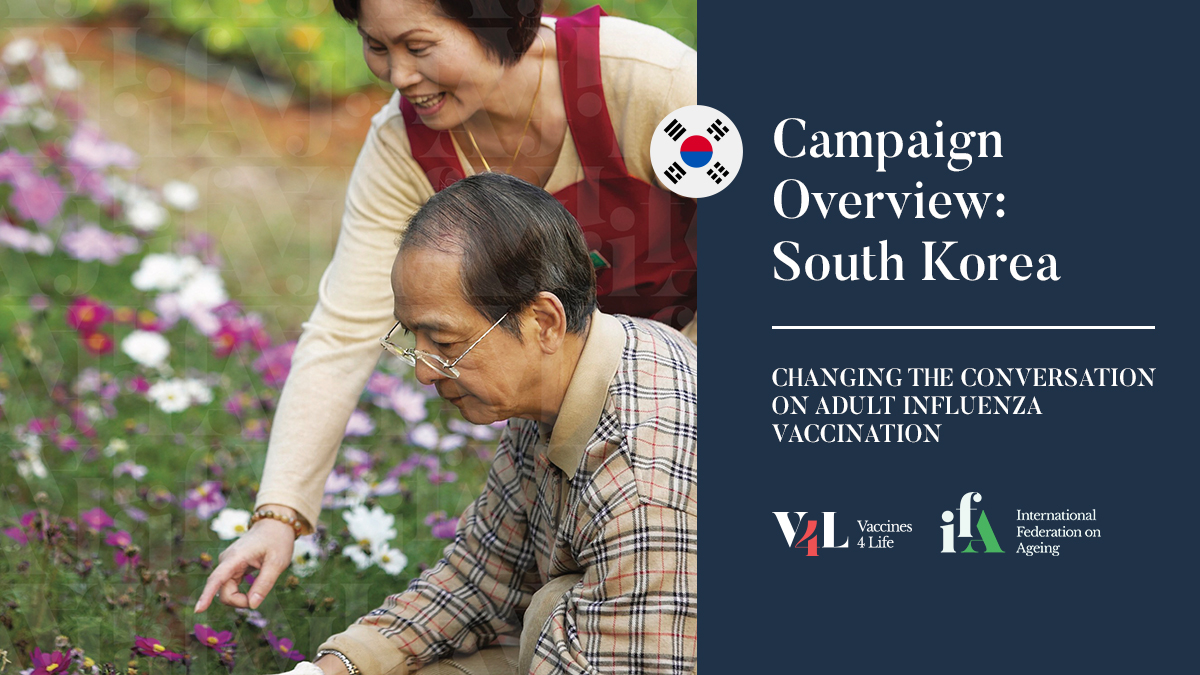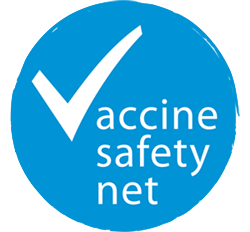Changing the Conversation on Adult Influenza Vaccination: South Korea
Every year, the Ministry of Health and Welfare in partnership with the Korea Centers for Disease Control and Prevention (KCDC) launches an awareness campaign to promote free vaccination among targeted groups. Timely messages are disseminated through multiple channels, including text messages, the campaign website, formal governmental notices, infographics, videos, posters and press releases.
Excluded from the national influenza immunization program, patients with chronic condition are also largely overlooked from the government-led awareness campaign. To respond to this gap, the Korean Society of Infectious Diseases has committed to driving communication about influenza vaccination to those neglected groups. A series of leaflets produced by the Society describe are targeted to patients with underlying problems with lung, heart, kidney, liver or diabetes about the need for influenza vaccination.
Korean translation of the report and infographic available below.
Campaign Overview: South Korea Report
View the report providing an overview of
the adult influenza campaign in South Korea.
South Korea Resources

